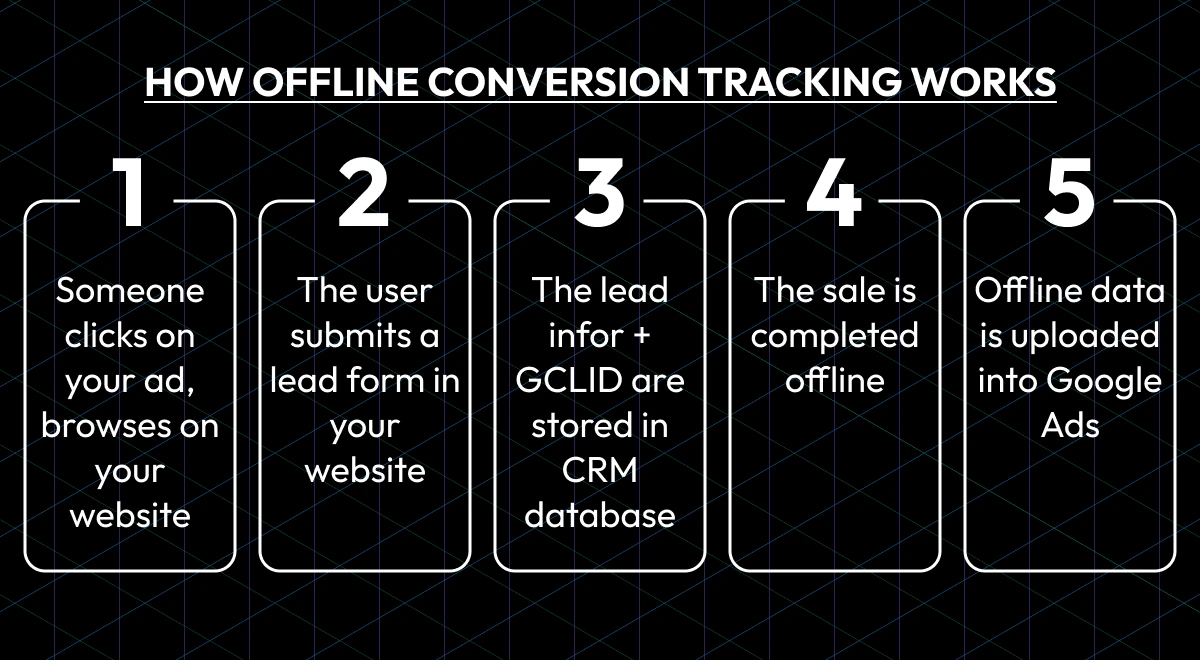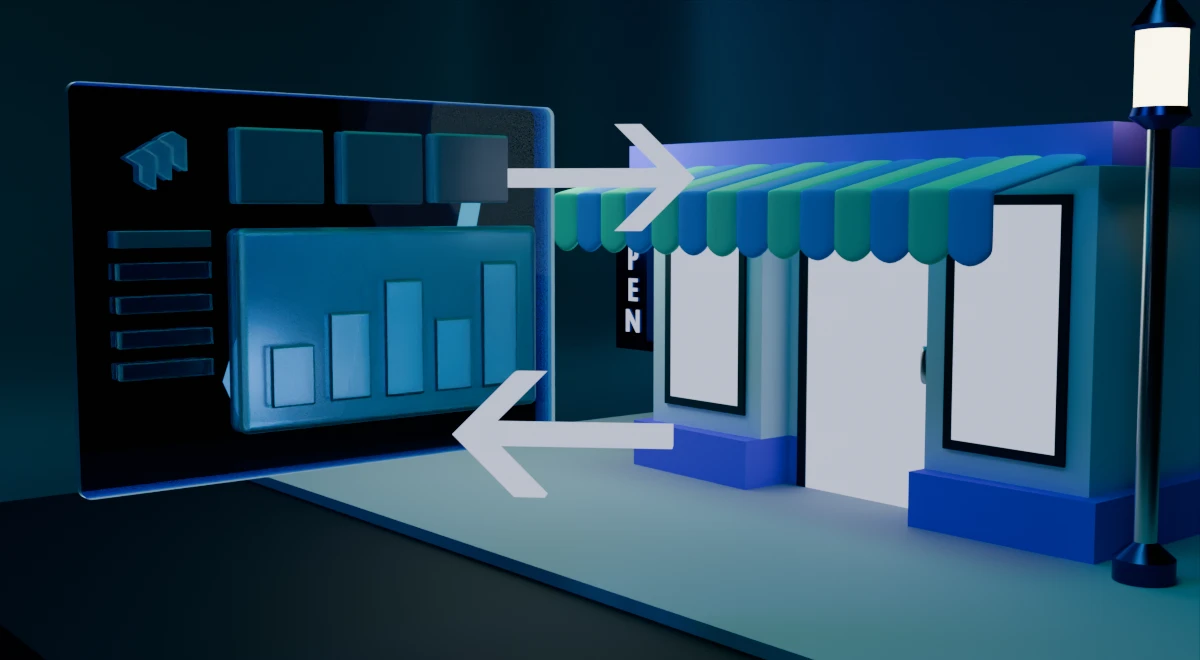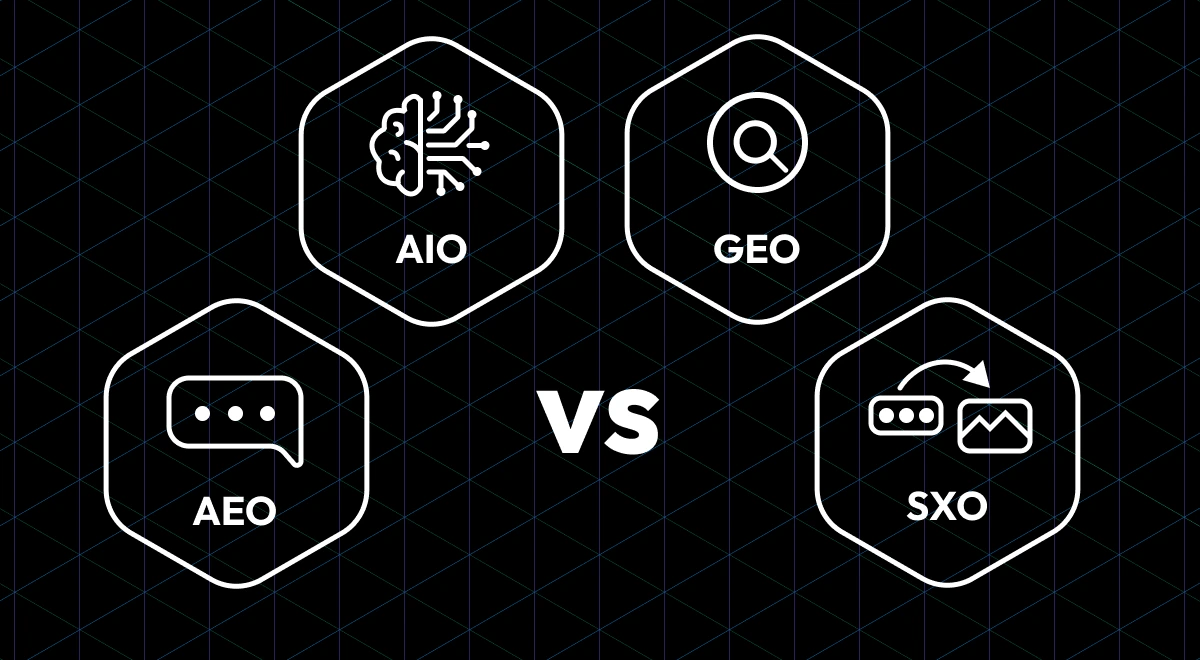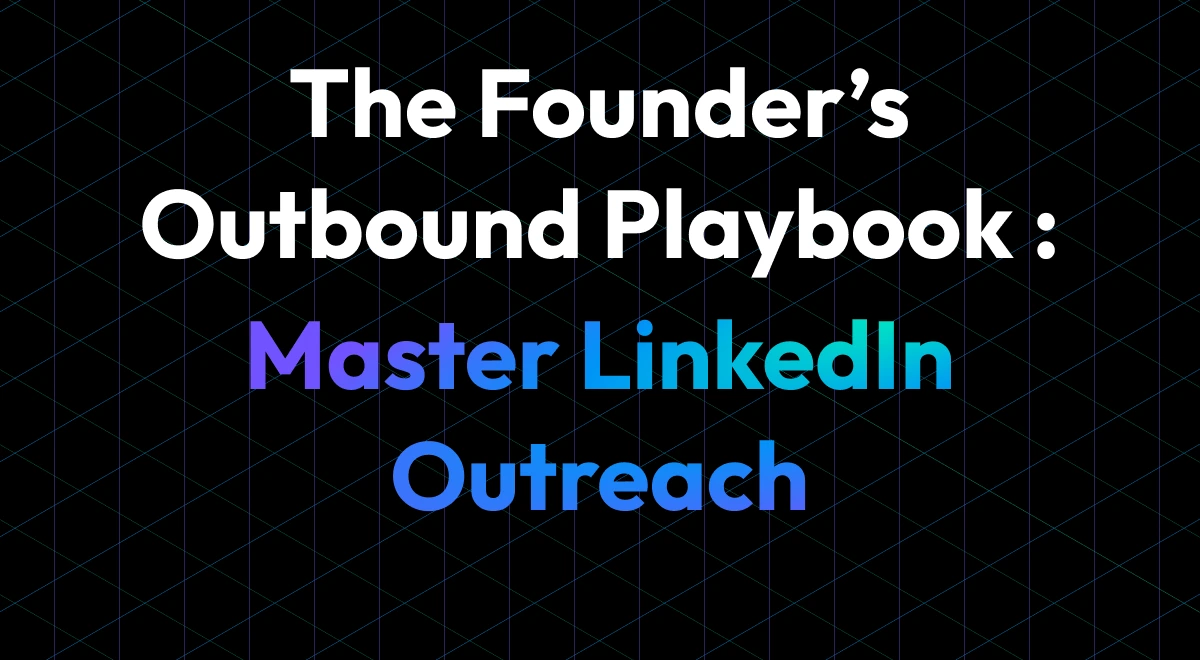TL;DR: If your sales happen over calls, demos, or meetings, feeding offline conversion data back into ad platforms like Google, Meta, and LinkedIn helps your campaigns learn faster, target better, and generate higher ROI.
By sending this offline data back to your ad platforms, you:
- Teach algorithms what a real conversion looks like
- Reduce wasted ad spend on unqualified leads
- Enable smarter targeting and bidding for better pipeline impact

What Are Offline Conversions?
Offline conversions take place when a user engages with your online ad but finalizes the purchase or action through an offline channel.
Example:
A user clicks your ad, fills out a contact form, and later converts through a sales call or an in-person meeting.
Why It Matters:
Tracking offline conversions gives you a more accurate view of ROI by connecting ad spend with actual business outcomes.
How to Feed Offline Conversions into Ad Platforms
1. Google Ads Offline Conversion Tracking
Google’s Offline Conversion Tracking (OCT) links offline sales to the original ad click using a unique identifier: the Google Click ID (GCLID). This lets you see which ads drive real income, not just leads.
Steps:
Enable Auto-Tagging: This ensures every ad click appends a GCLID to the URL.
- Capture the GCLID: Use a hidden field in your lead forms to store this ID when someone submits a form.
- Store in Your CRM: Associate the GCLID with the lead in your CRM system.
- Upload Conversions: When the sale happens, export the GCLID and upload it into Google Ads using their template.
Benefit:
Google attributes revenue back to the original ad click, allowing better optimization and ROAS tracking.
2. Meta (Facebook & Instagram) Offline Events
Meta's Offline Events feature allows you to upload customer interaction data—such as names, phone numbers, and purchase dates—to attribute offline conversions to your Facebook or Instagram ads.
Setup Guide:
- Collect: Name, email, phone, event type (e.g. “Purchase”), date/time, value
- Format: Use Meta's CSV format (ISO 8601 time format required)
- Upload: Go to Meta Events Manager → Offline Events → Upload CSV
- Make sure all fields are correctly mapped (Meta shows guidance if anything is off)
- Automate: Integrate using LeadsBridge, Zapier, or native CRM connectors
Meta uses identifiers like phone, email, and event time to match these actions with ad interactions.
You'll now see:
- Offline conversions in Ads Manager
- Metrics like Cost per Offline Conversion, ROAS, and Value
Advantages:
- Gain visibility into offline actions influenced by your ads
- Improve ad targeting and ROAS
- Guide the algorithm toward better-qualified prospects
3. LinkedIn Offline Conversions (Manual Upload)
Even LinkedIn allows for manual tracking of offline results that originate from ad interactions.
How-To:
- Prepare the Data: Include email, conversion name, time (in ISO 8601 UTC), conversion value, and your ad account ID.
- Upload to Campaign Manager: Navigate to Analyze → Conversions → Upload Offline Conversions.
- Review Performance: Data will reflect in your LinkedIn reports in 24–48 hours.
Pro Tip:
Use filters to break down results by campaign, audience, or ad creatives for more insightful analysis.
4. CRM Integration & Real-Time Sync with Ad Platforms
Integrating your CRM with ad platforms—and keeping them in real-time sync via APIs—gives you a full-funnel view of the customer journey, from first click to closed deal. This connection eliminates manual work, improves campaign optimization, and fosters better collaboration between sales and marketing.
To enable this level of tracking, reporting, and ad optimization, connect your CRM with the Meta Conversions API and LinkedIn Offline Conversions API.
This ensures platforms receive real sales data—unlocking better learning, targeting, and cost-per-SQL reporting.
Track This Data:- Lead Source: Know where every lead originated (Google Ads, LinkedIn, email, etc.)
- Engagement History: Capture all touchpoints like emails, calls, and meetings
- Pipeline Movement: Understand how leads progress through the funnel
- Revenue Attribution: Tie real sales outcomes back to specific campaigns
Key Benefits:
- Instant offline conversion updates in ad dashboards
- Smarter ad optimization using complete CRM data
- Smoother coordination between sales and marketing teams
Reports You Can Build:
- Revenue by campaign
- Cost per Sales Qualified Lead (SQL)
- Lead source conversion rates
- Sales cycle length by source
5. Call Conversion Tracking
For businesses where conversations occur via phone these channels must be included in your attribution model.
Recommended Tools:
- CallRail / WhatConverts: Use dynamic numbers to track which campaigns drive phone calls.
How It Works:
- Capture interaction data and tie it back to your ad campaigns.
- Analyze which ads generate the most meaningful conversations.
Metrics to Watch When Tracking Offline Conversions
Here’s what you should monitor when syncing offline data:
| Metric | Why It Matters |
|---|---|
| Cost per SQL | Focuses spending on leads that become sales conversations |
| Lead-to-Close Rate | Tells which ad platforms are truly converting |
| True ROAS | Aligns campaign cost with real revenue |
| Revenue from Offline Conversions | Sales value generated from offline converted leads. |
Final Thoughts
Offline conversion tracking is the missing link that transforms B2B marketing from guesswork into a strategic, revenue-driving machine.
Start by integrating one channel—whether it’s Google Ads, Meta, or your CRM—and build from there. The more accurately you can measure, the better decisions you’ll make, and the stronger your pipeline will become.
Connect the dots between your online investments and offline wins—and give your marketing the full-funnel power it deserves.



